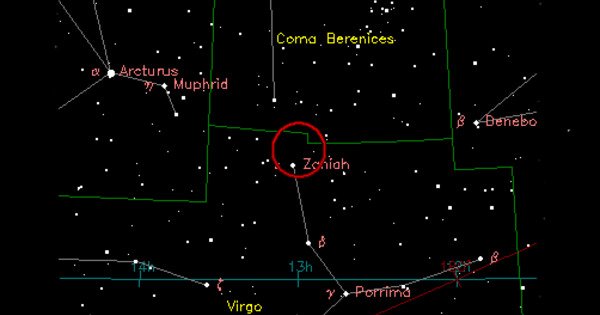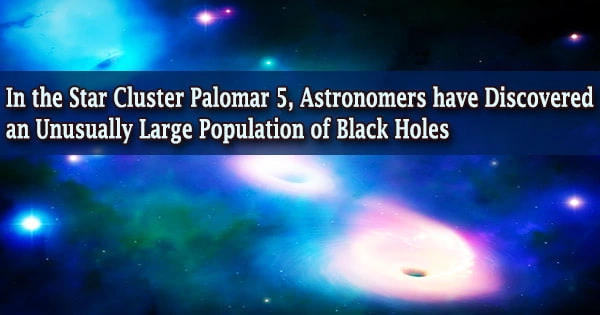PSR B1257+12 d is a super Earth exoplanet that orbits a star of unknown type. It is a super-Earth exoplanet that orbits the pulsar PSR B1257+12 in the constellation Virgo, approximately 2,315 light-years away from Earth. It has a mass of 3.9 Earths, takes 98.2 days to complete one orbit around its star, and is 0.46 AU away from it. It was the first planet discovered outside of the Solar System. Its discovery was made public in 1992. It was discovered using the pulsar timing method, which involves measuring the regular pulses of a pulsar to see if there is a planet causing variations in the data.
The International Astronomical Union (IAU) launched NameExoWorlds in July 2014, a process for naming specific exoplanets and their host stars. The procedure included public nomination and voting for the new names. The IAU announced in December 2015 that Phobetor was the winning name for this planet. The winning name was submitted by the Planetarium Südtirol Alto Adige in Karneid, Italy.
Mass, radius, and temperature
PSR B1257+12 C is a super-Earth, or an exoplanet with a larger radius and mass than Earth. It has an equilibrium temperature of 567 K (294 °C; 561 °F). Based on its mass, it has a mass of 3.9 MEarth and a likely radius of 1.5 REarth.

Host star
The planet revolves around a pulsar known as PSR B1257+12. The stellar remnant weighs 1.4 M☉ and has a radius of about 0.000015 R. (10 kilometres). It has a surface temperature of ≤28,856 K and an estimated age of one billion years. The Sun, on the other hand, is approximately 4.6 billion years old and has a surface temperature of 5,778 K. The apparent magnitude of the star, or how bright it appears from Earth, is 12.2. As a result, it is too dim to see with the naked eye.
Orbit
PSR B1257+12 C orbits its host star about every 98 days at a distance of 0.46 AU (close to the orbital distance of Mercury from the Sun, which is 0.38 AU).
Formation
When scientists discovered PSR B1257+12 C and its neighbors, they were perplexed as to how the planets formed. Planets orbiting a massive star would normally evaporate when its host star exploded in a supernova explosion due to the intense heat (up to 1,000,000 K) and radiation.
Several hypotheses have been proposed to explain how the planets orbiting PSR B1257+12 formed. One theory proposed that the planets existed before the host star exploded in a supernova about 1 billion years ago; however, this is inconsistent because the ejected material from a supernova would be enough to vaporize any planets nearby. There are also several issues with this theory, which debates nearly impossible steps on how the planets ended up in their current positions. Thus, the scenario has been dropped.
Nomenclature
The letters PSR (Pulsating Source of Radio) were used to designate pulsars, which were then followed by the pulsar’s right ascension and degrees of declination. The older numbers are now prefixed with a B, indicating that they are for the 1950.0 epoch. All new pulsars have a J indicating coordinates in the year 2000.0, as well as declination including minutes. Pulsars discovered before 1993 typically keep their B names rather than using their J names, but all pulsars have a J name that provides more precise coordinates of their location in the sky.
















